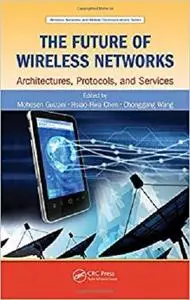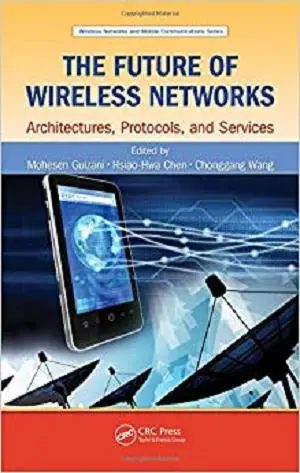The Future of Wireless Networks: Architectures, Protocols, and Services (Wireless Networks and Mobile Communications) by Mohesen Guizani, Hsiao-Hwa Chen, Chonggang Wang
English | September 22, 2015 | ISBN: 1482220946 | 462 pages | PDF | 22 Mb
English | September 22, 2015 | ISBN: 1482220946 | 462 pages | PDF | 22 Mb
The exponential increase in mobile device users and high-bandwidth applications has pushed the current 3G and 4G wireless networks to their capacity. Moreover, it is predicted that mobile data traffic will continue to grow by over 300 percent by 2017. To handle this spectacular growth, the development of improved wireless networks for the future has been of paramount importance. The Future of Wireless Networks: Architectures, Protocols, and Services discusses the future of wireless networks, including the emerging network architectures, underlying protocols, services, and applications.
The first part of the book focuses on new wireless network architectures that are being developed, such as mobile SDN, wireless local area networks (i.e., 802.11), and wireless sensor networks for the Smart Grid. In the second part of the book, the authors discuss the new protocols and enabling technologies for the different wireless network architectures. These include wireless MAC protocols, resource allocation in cognitive radio networks, multicast transmission, and femtocells, which provide enhanced indoor coverage and increased network capacity.
The book’s final section discusses several new services and applications that are springing up, such as multisource selection for wireless peer-to-peer (P2P) networks and device-to-device (D2D) content sharing, which reduces duplicated downloads of the same contents on cellular links by offloading the traffic onto other networks. This section also covers the next generation of wireless security and privacy control techniques that service providers can use to ensure that their infrastructures and services are adequately protected against all kinds of threats.



